Home>Gardening & Outdoor>Landscaping Ideas>How To Kill Nutsedge Grass
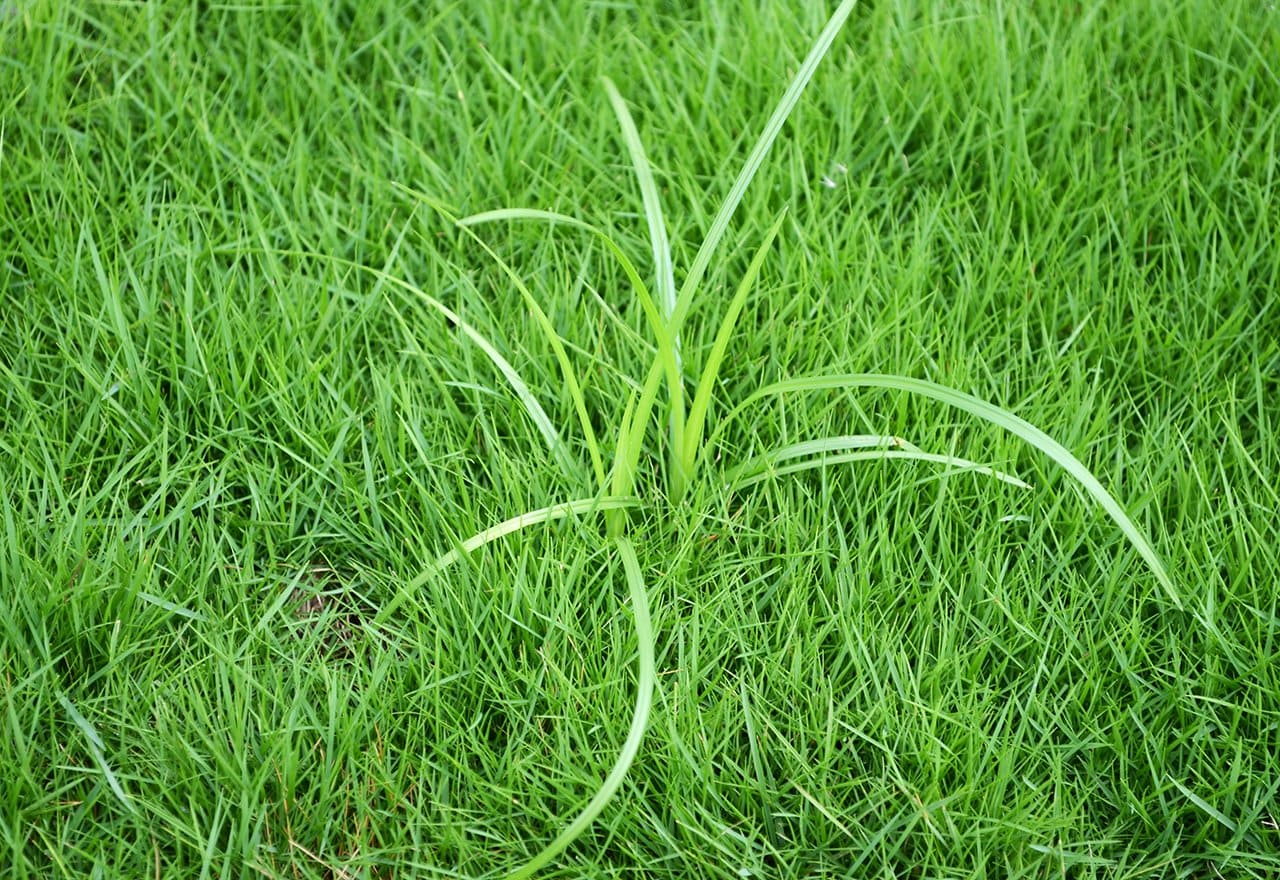

Landscaping Ideas
How To Kill Nutsedge Grass
Published: January 29, 2024
Learn effective landscaping ideas to kill nutsedge grass and improve your lawn. Get expert tips and techniques for eradicating nutsedge.
(Many of the links in this article redirect to a specific reviewed product. Your purchase of these products through affiliate links helps to generate commission for Storables.com, at no extra cost. Learn more)
Introduction
Landscaping can be a fulfilling and visually rewarding endeavor, but it often comes with its fair share of challenges. One such challenge is dealing with the persistent and invasive nature of nutsedge grass. If you've ever found this pesky weed infiltrating your carefully tended garden or lawn, you'll understand the frustration it can cause. However, fear not, as we're here to equip you with the knowledge and strategies necessary to effectively combat and eliminate nutsedge grass from your outdoor spaces.
In this comprehensive guide, we'll delve into the various aspects of nutsedge grass, from understanding its characteristics to identifying its presence and implementing both cultural and chemical control methods. Furthermore, we'll explore preventative measures to hinder its reinfestation, ultimately empowering you to reclaim your landscape from the clutches of this resilient intruder.
So, whether you're a seasoned landscaping enthusiast or a newcomer to the world of outdoor beautification, join us on this journey to discover the most effective ways to eradicate nutsedge grass and restore the splendor of your outdoor haven. Let's embark on this horticultural adventure together and bid farewell to nutsedge grass once and for all.
Key Takeaways:
- Say goodbye to nutsedge grass by improving drainage, mowing, and applying mulch. Hand removal and selective herbicides are effective control methods. Prevent reinfestation with proper maintenance and integrated weed management.
- Combat nutsedge grass with cultural methods like drainage improvement and mulch application. Use selective herbicides for effective control. Prevent reinfestation through vigilant monitoring and optimized maintenance.
Read more: What Will Kill Nutsedge But Not Grass
Understanding Nutsedge Grass
Before delving into the eradication strategies, it’s crucial to gain a comprehensive understanding of nutsedge grass. Often mistaken for traditional grasses due to its similar appearance, nutsedge, also known as nutgrass, is a formidable perennial weed that belongs to the sedge family, Cyperaceae. Unlike grasses, nutsedge has a triangular stem and reproduces through underground tubers, known as nutlets, which make eradication a challenging task.
Nutsedge thrives in moist, poorly drained soil, making it a common nuisance in lawns, gardens, and agricultural fields. Its rapid growth rate and resilience enable it to outcompete desirable plants, leading to a decline in the aesthetic appeal and overall health of the landscape. Furthermore, nutsedge’s ability to photosynthesize efficiently at low light levels allows it to flourish even in partially shaded areas, adding to its adaptability and tenacity.
One of the defining characteristics of nutsedge is its ability to emerge and grow rapidly, often outpacing traditional turfgrasses. This rapid growth can lead to an unsightly and uneven appearance in lawns, disrupting the uniformity and lushness that homeowners strive to achieve. Additionally, the presence of nutsedge can hinder the growth of desirable plants by competing for essential nutrients, further exacerbating its detrimental impact on the landscape.
Understanding the distinctive features and growth habits of nutsedge grass is pivotal in formulating an effective eradication plan. By familiarizing ourselves with the intricacies of this resilient weed, we can develop targeted strategies to combat its proliferation and restore the natural beauty of our outdoor spaces.
Identifying Nutsedge Grass
Accurately identifying nutsedge grass is the first step in effectively addressing its presence in your landscape. While it may bear a resemblance to traditional grasses at first glance, several key characteristics distinguish nutsedge from its benign counterparts.
One of the most prominent identifying features of nutsedge is its triangular stem, a notable deviation from the rounded stems of true grasses. This triangular stem, also known as a “sedge stem,” sets nutsedge apart and serves as a crucial marker for differentiation. When observed closely, the structural composition of the stem becomes evident, aiding in the accurate identification of this persistent weed.
Furthermore, nutsedge exhibits a distinctive arrangement of leaves, with sets of three leaves radiating from the base of the plant in a triangular fashion. This unique leaf pattern contributes to the overall triangular appearance of the plant and serves as another hallmark of nutsedge grass.
When mature, nutsedge produces small, inconspicuous flowers that cluster at the end of the stems. These flowers, often pale yellow or green in color, can aid in the identification process, especially during the plant’s reproductive phase. Additionally, the presence of tubers, or nutlets, beneath the soil’s surface is a defining characteristic of nutsedge, further solidifying its distinct identity.
It’s essential to remain vigilant and regularly inspect your lawn and garden for any signs of nutsedge infiltration. By familiarizing yourself with the unique attributes of this persistent weed, you can promptly detect its presence and take proactive measures to address the issue before it escalates.
By honing your ability to identify nutsedge grass accurately, you can lay the groundwork for targeted and effective control methods, setting the stage for a successful eradication campaign that restores the vibrancy and allure of your outdoor sanctuary.
Cultural Control Methods
Implementing cultural control methods is an integral aspect of managing nutsedge grass infestations without solely relying on chemical interventions. By incorporating these practices into your landscaping routine, you can create an environment that discourages the growth and proliferation of nutsedge, ultimately fostering the thriving of desirable plants.
1. Improving Drainage: Nutsedge thrives in moist, poorly drained soil. Enhancing the drainage of your lawn or garden can help mitigate the conditions conducive to nutsedge growth. Consider incorporating organic matter into the soil and creating gentle slopes to facilitate proper water runoff, reducing the likelihood of persistent moisture accumulation.
2. Optimizing Mowing Practices: Maintaining the recommended mowing height for your turfgrass can contribute to shading out nutsedge and impeding its growth. Additionally, regular mowing can prevent nutsedge from producing viable seeds and spreading further, aiding in its containment.
3. Applying Mulch: Mulching your garden beds can serve as a barrier against nutsedge emergence. A layer of organic mulch not only helps retain soil moisture and suppress weed growth but also inhibits the penetration of light, thwarting the germination and growth of nutsedge.
4. Promoting Healthy Turf: A lush and vigorous turf can outcompete nutsedge and diminish its prevalence. Employ proper fertilization, aeration, and overseeding practices to bolster the health and density of your turfgrass, creating an environment less hospitable to nutsedge encroachment.
5. Hand Removal: While labor-intensive, manually removing nutsedge, including its underground nutlets, can be an effective control method, especially for small infestations. Thoroughly excavating the nutlets helps prevent regrowth and aids in curbing the spread of this persistent weed.
By integrating these cultural control methods into your landscaping regimen, you can fortify your defense against nutsedge grass and foster an environment that promotes the flourishing of your desired plant species. These practices not only contribute to the suppression of nutsedge but also enhance the overall vitality and beauty of your outdoor landscape.
To kill nutsedge grass, apply a selective herbicide specifically designed to target this type of weed. Follow the instructions carefully to ensure effective and safe application.
Chemical Control Methods
When cultural control methods alone are insufficient in managing nutsedge grass infestations, incorporating targeted chemical interventions can provide an effective means of combating this resilient weed. Selective herbicides designed specifically for nutsedge control can be instrumental in eradicating existing infestations and preventing its reemergence.
1. Selective Herbicides: Selective herbicides formulated to target nutsedge while preserving desirable turfgrasses are valuable assets in the battle against this persistent weed. Products containing active ingredients such as sulfentrazone or halosulfuron effectively suppress nutsedge growth, offering a targeted solution for infested areas.
2. Post-Emergent Herbicides: Post-emergent herbicides are designed to be applied after nutsedge has sprouted, targeting the actively growing plants. These herbicides penetrate the leaves and stems, translocating within the plant to disrupt essential physiological processes, ultimately leading to its demise.
3. Pre-Emergent Herbicides: Pre-emergent herbicides create a barrier in the soil, preventing nutsedge seeds from germinating and establishing. By applying these herbicides before nutsedge emergence, you can proactively impede its growth, minimizing the need for post-emergent interventions.
4. Application Considerations: When utilizing herbicides, it’s crucial to adhere to the application instructions provided by the product manufacturer. Applying herbicides during periods of active nutsedge growth, when the plants are actively translocating nutrients, can enhance the efficacy of the treatment.
5. Adjuvants: Adjuvants, such as surfactants or oils, can be incorporated into herbicide applications to enhance coverage and absorption, maximizing the herbicide’s impact on nutsedge plants.
Prior to implementing any chemical control methods, it’s imperative to conduct a thorough assessment of the infested area and select herbicides that align with the specific type of turfgrass and environmental considerations. Additionally, exercising caution to prevent herbicide drift and adhering to safety guidelines is paramount to safeguarding the overall well-being of your landscape.
By judiciously integrating targeted herbicides into your nutsedge control strategy, you can effectively combat infestations and restore the vitality and aesthetic appeal of your outdoor spaces.
Read more: How To Kill Crabgrass
Preventing Nutsedge Grass Reinfestation
After implementing control measures to eradicate nutsedge grass from your landscape, it’s crucial to focus on preventative strategies to thwart its reinfestation and maintain a thriving, weed-free environment. By proactively addressing conducive conditions and implementing preventive practices, you can fortify your landscape against the resurgence of this persistent weed.
1. Maintaining Optimal Drainage: Sustaining proper soil drainage is pivotal in deterring nutsedge reinfestation. Ensure that your landscape features adequate drainage systems and grading to prevent water accumulation, creating an inhospitable environment for nutsedge growth.
2. Regular Monitoring: Vigilant monitoring of your lawn and garden allows for early detection of any potential nutsedge resurgence. Promptly addressing any emerging nutsedge plants or seedlings can prevent the escalation of infestations, preserving the integrity of your landscape.
3. Optimized Irrigation Practices: Implementing targeted irrigation practices, such as drip irrigation or soaker hoses, can deliver water directly to desired plants while minimizing moisture in areas susceptible to nutsedge growth. By avoiding excessive and indiscriminate watering, you can mitigate conditions favorable to nutsedge reestablishment.
4. Regular Maintenance: Consistent lawn maintenance, including proper mowing, edging, and mulch replenishment, contributes to the suppression of nutsedge and inhibits its potential resurgence. Additionally, promptly addressing any bare or thin areas in the turfgrass can prevent opportunistic nutsedge colonization.
5. Appropriate Fertilization: Adhering to a balanced fertilization regimen tailored to the specific needs of your turfgrass can promote its vigor and density, creating an environment less conducive to nutsedge invasion.
6. Integrated Weed Management: Embracing an integrated approach to weed management, encompassing cultural, chemical, and preventive strategies, can bolster the resilience of your landscape against nutsedge reinfestation. By synergizing various control methods, you can establish a robust defense against this persistent weed.
By diligently implementing these preventative measures, you can safeguard your landscape against the reemergence of nutsedge grass, preserving the beauty and vitality of your outdoor oasis. With a proactive and holistic approach to nutsedge control, you can relish in a landscape free from the encumbrance of this resilient weed.
Conclusion
Embarking on the journey to eradicate nutsedge grass from your landscape is a testament to your dedication to creating and maintaining a vibrant outdoor haven. By gaining a comprehensive understanding of nutsedge, identifying its distinct characteristics, and implementing a multifaceted approach to control and prevention, you have equipped yourself with the knowledge and strategies necessary to combat this persistent weed effectively.
As you navigate the intricacies of nutsedge control, remember that a holistic approach, encompassing both cultural and chemical interventions, is pivotal in achieving enduring success. By integrating practices such as improving drainage, optimizing mowing and irrigation, and selectively applying herbicides, you can curtail nutsedge proliferation and foster the thriving of desirable plant species.
Furthermore, the vigilance and commitment to regular monitoring, maintenance, and integrated weed management are instrumental in fortifying your landscape against the reinfestation of nutsedge. By diligently implementing these practices, you can create an environment that dissuades the resurgence of this resilient weed, preserving the allure and vitality of your outdoor sanctuary.
As you continue to nurture and refine your landscape, remember that the journey to a flourishing and weed-free outdoor space is an ongoing endeavor. Embrace the opportunity to cultivate a landscape that reflects your passion and dedication, and revel in the beauty of a lush, vibrant environment free from the encumbrance of nutsedge grass.
Armed with the insights and strategies outlined in this guide, you are empowered to reclaim and maintain the splendor of your outdoor oasis. Let the knowledge you’ve acquired serve as a guiding light as you navigate the intricacies of nutsedge control, and may your landscape flourish as a testament to your unwavering commitment to its beauty and vitality.
Frequently Asked Questions about How To Kill Nutsedge Grass
Was this page helpful?
At Storables.com, we guarantee accurate and reliable information. Our content, validated by Expert Board Contributors, is crafted following stringent Editorial Policies. We're committed to providing you with well-researched, expert-backed insights for all your informational needs.
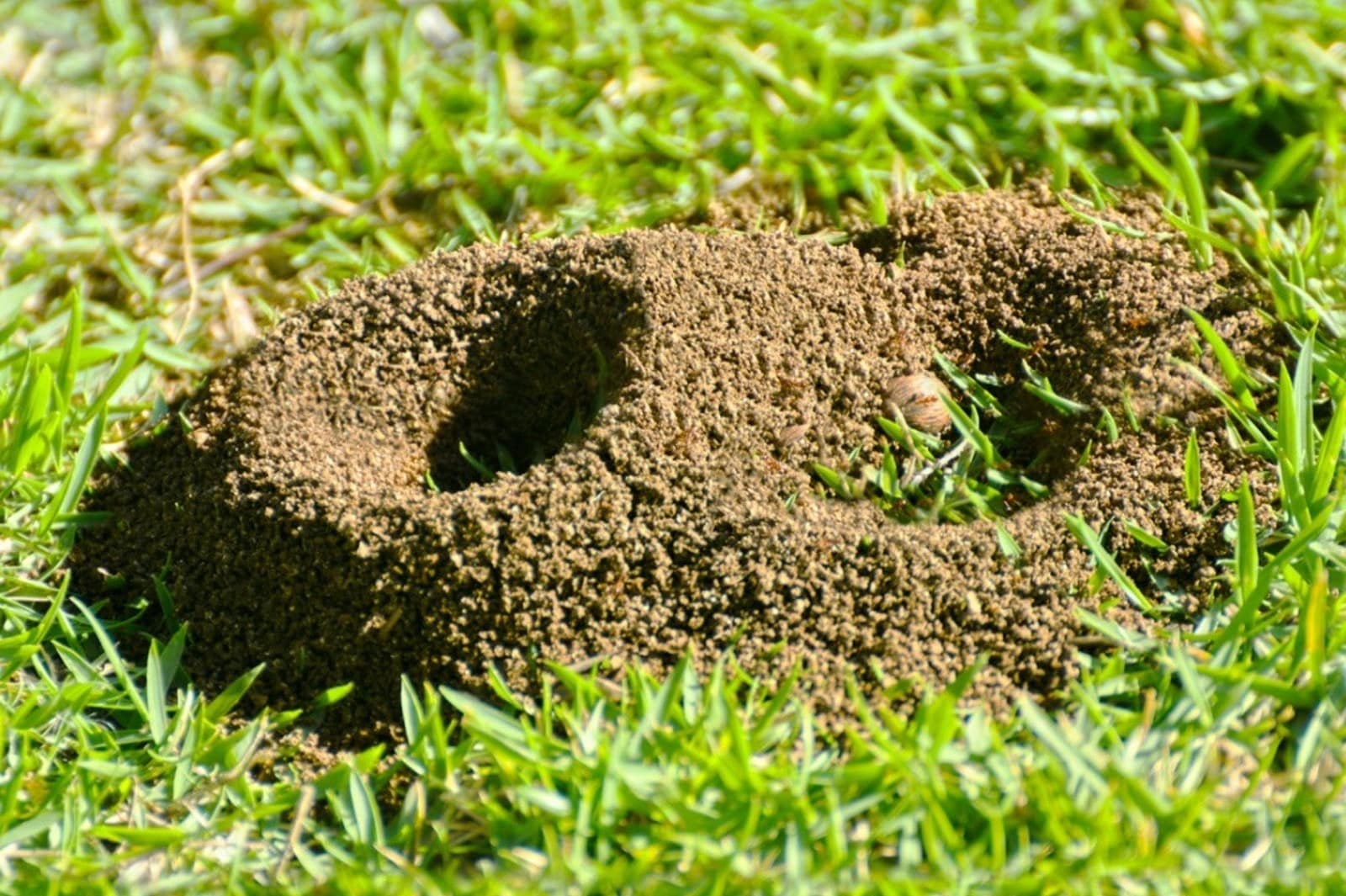
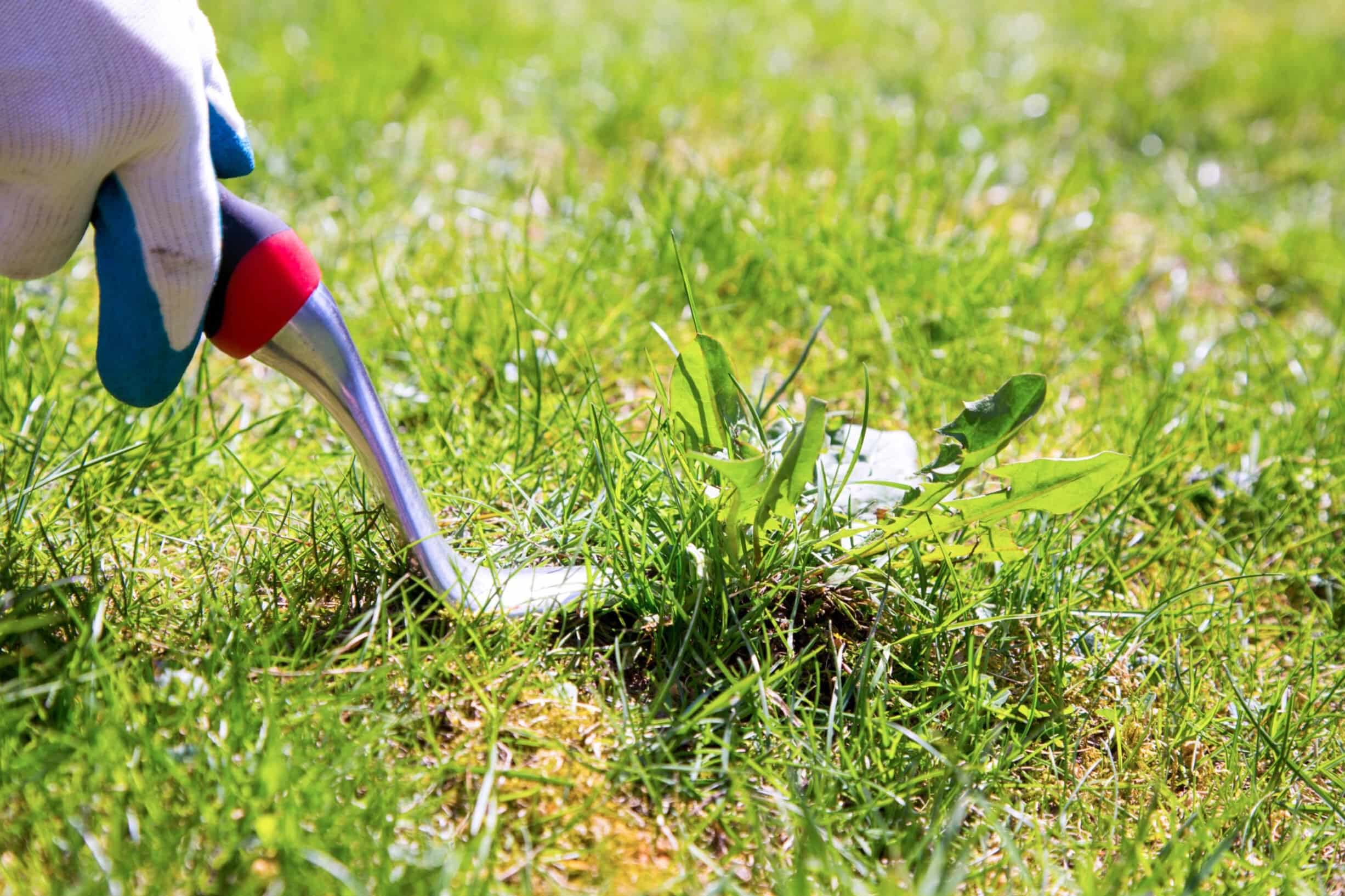
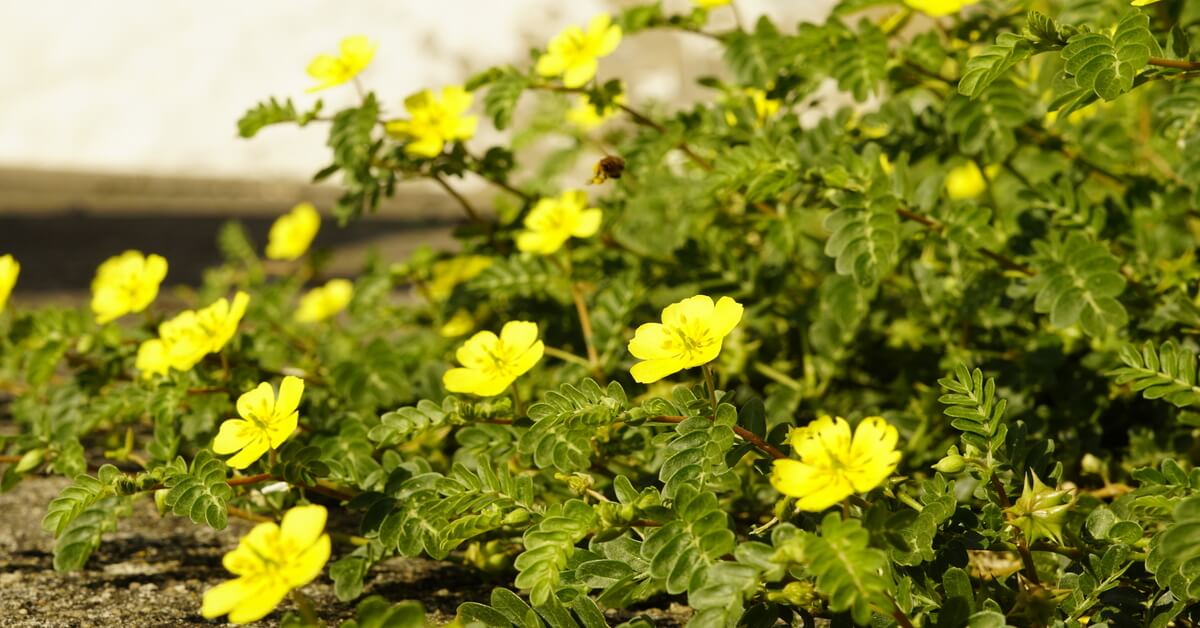
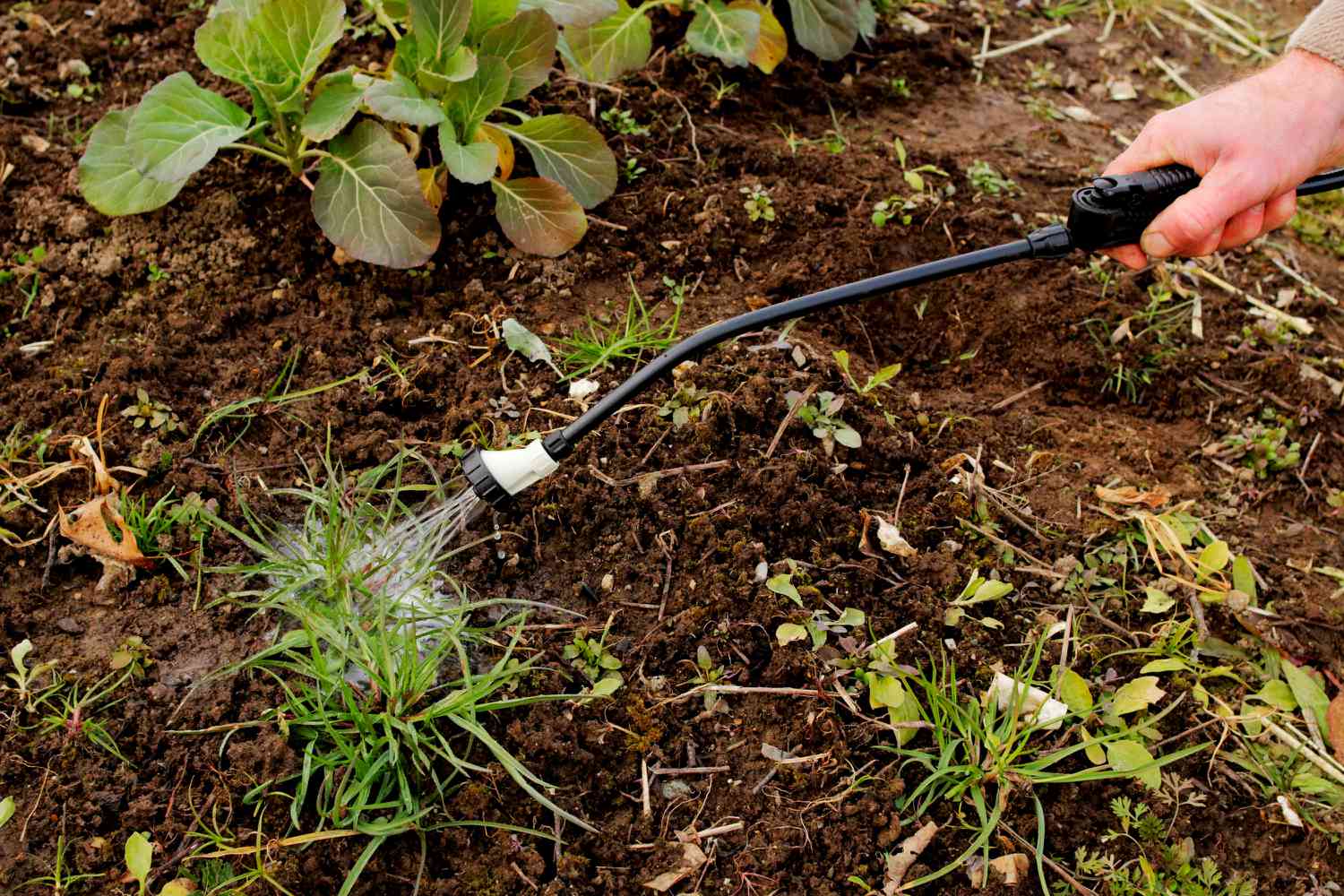
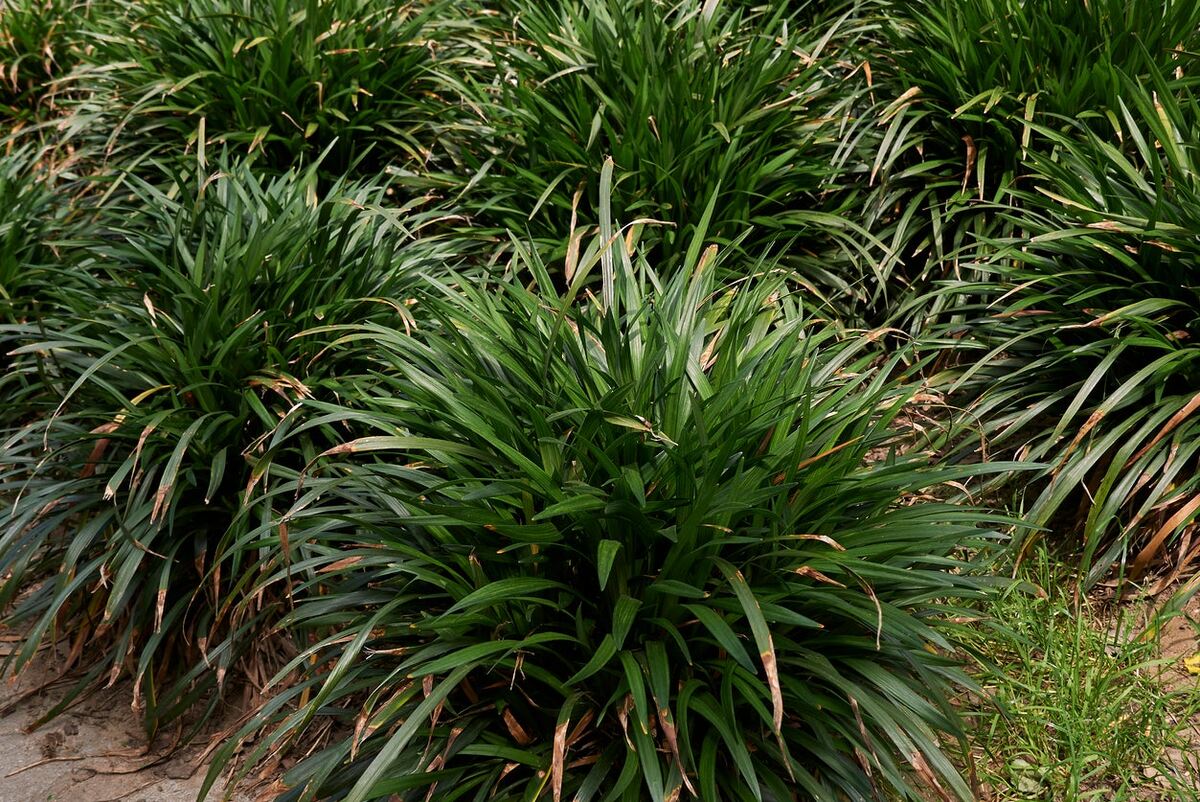
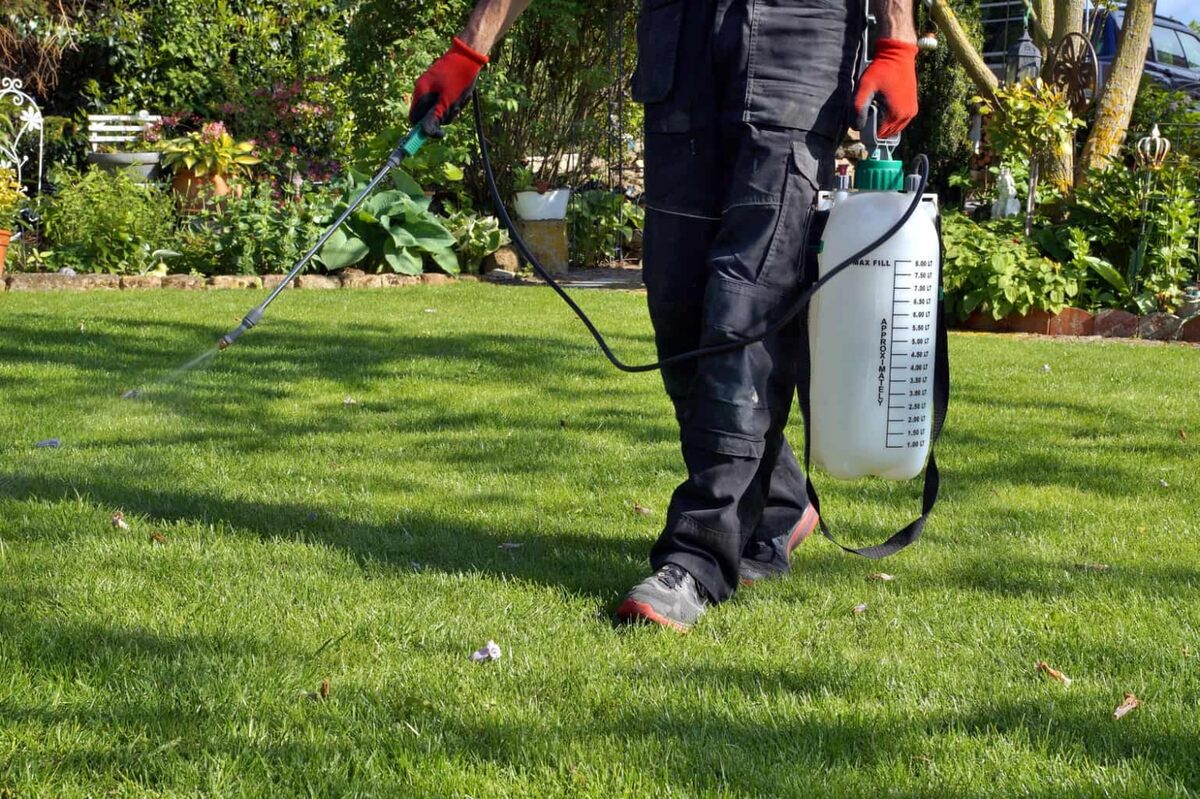
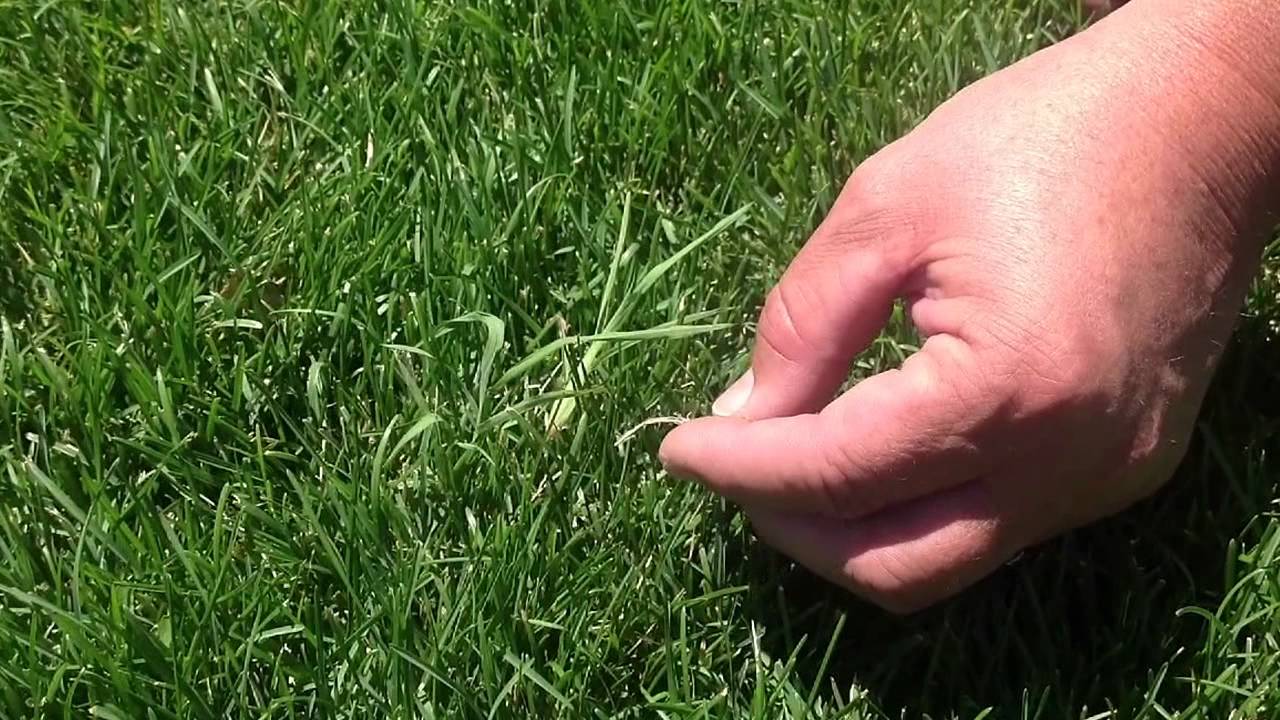
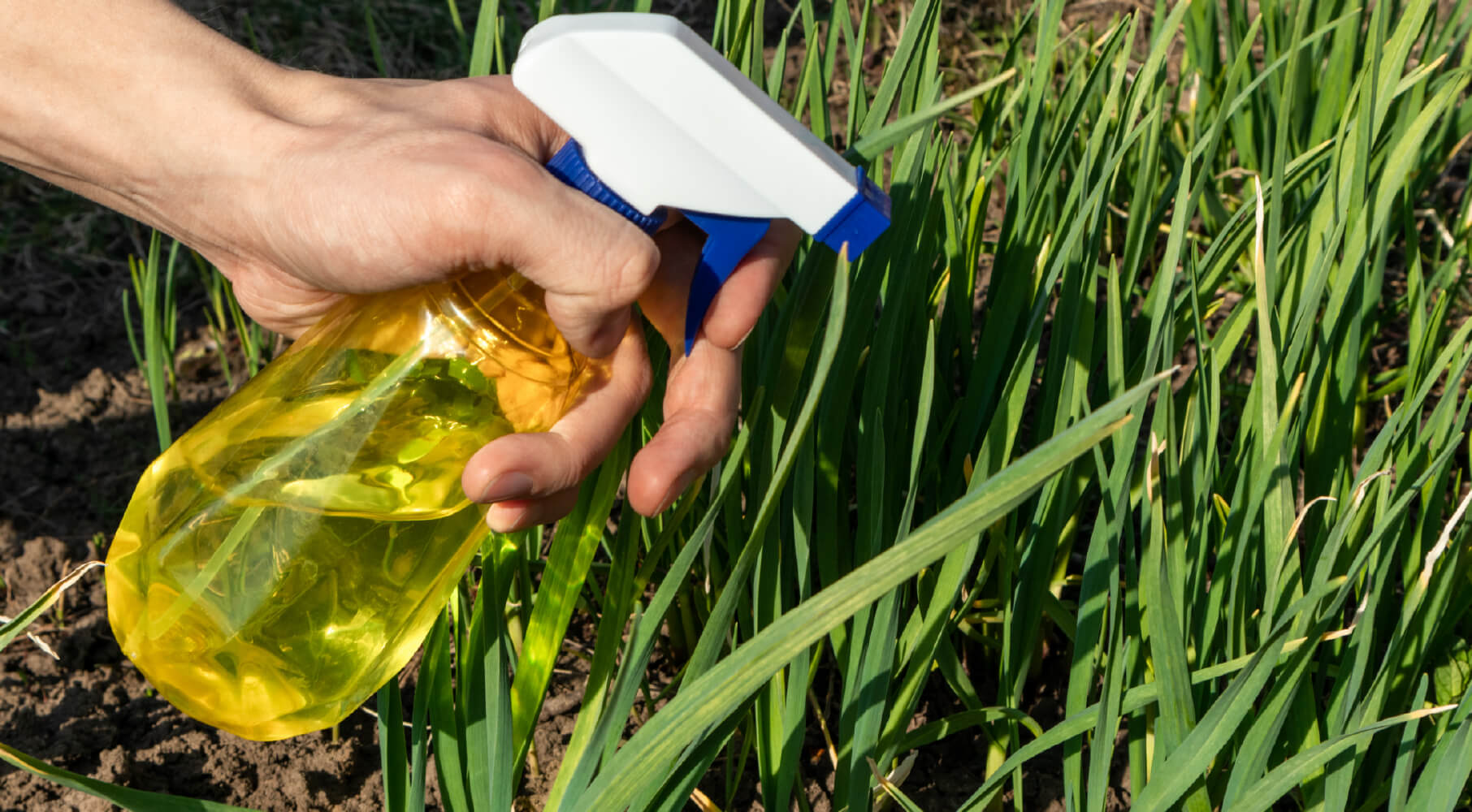
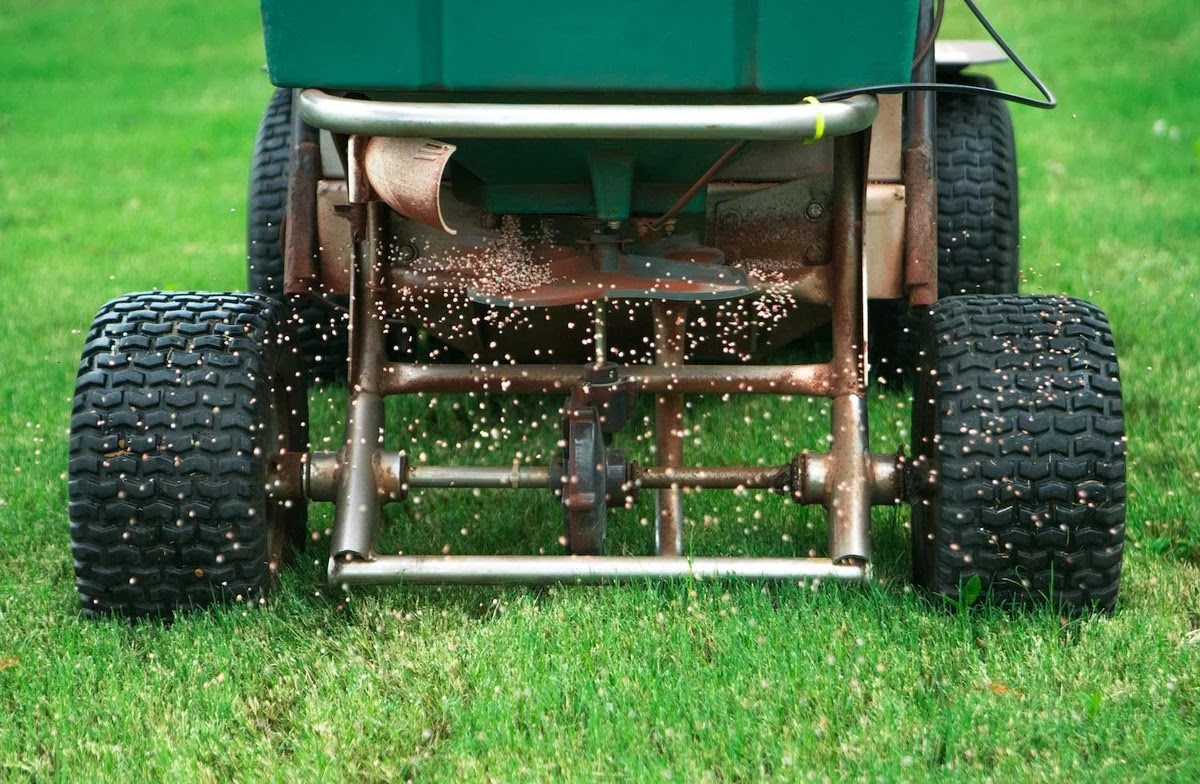
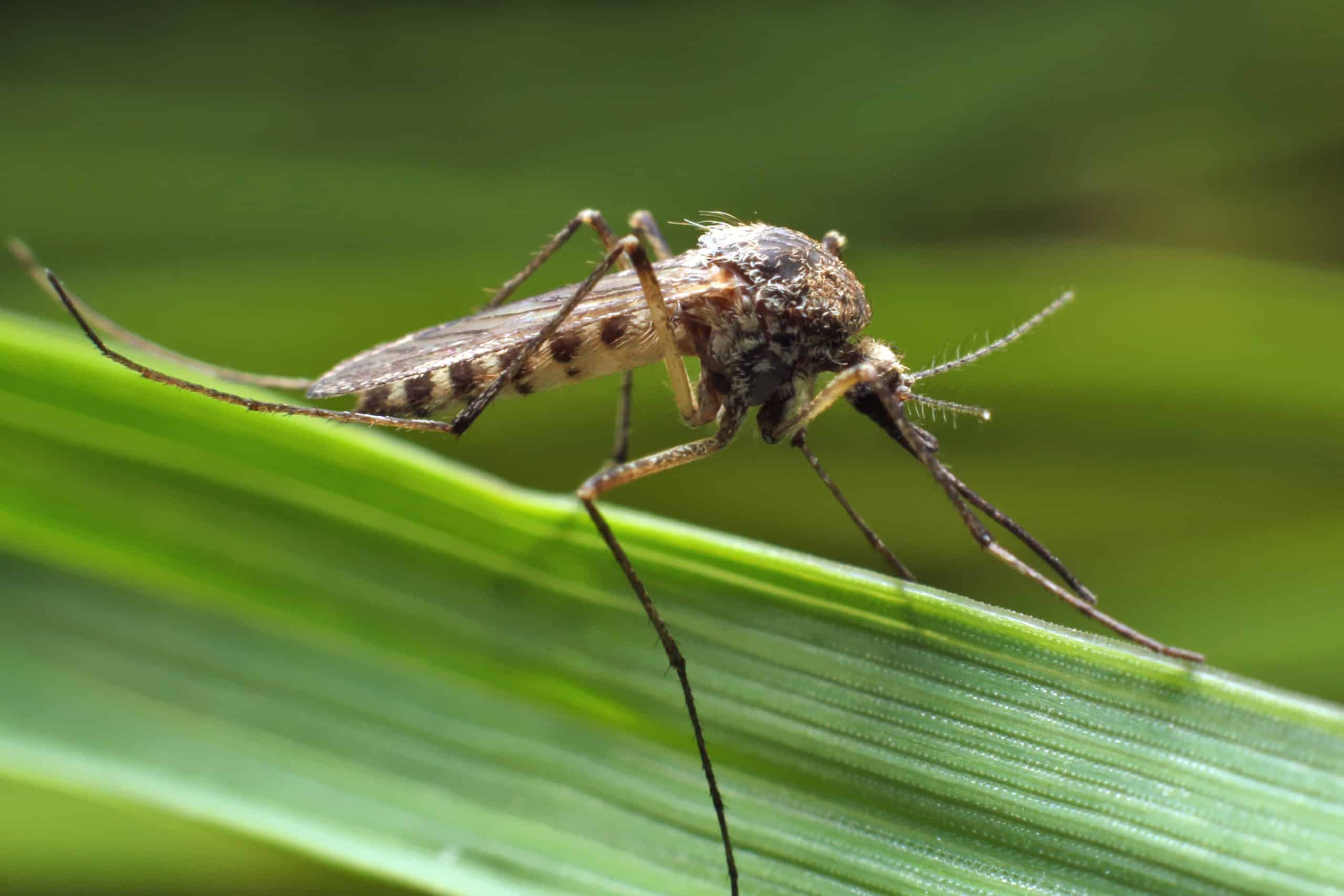
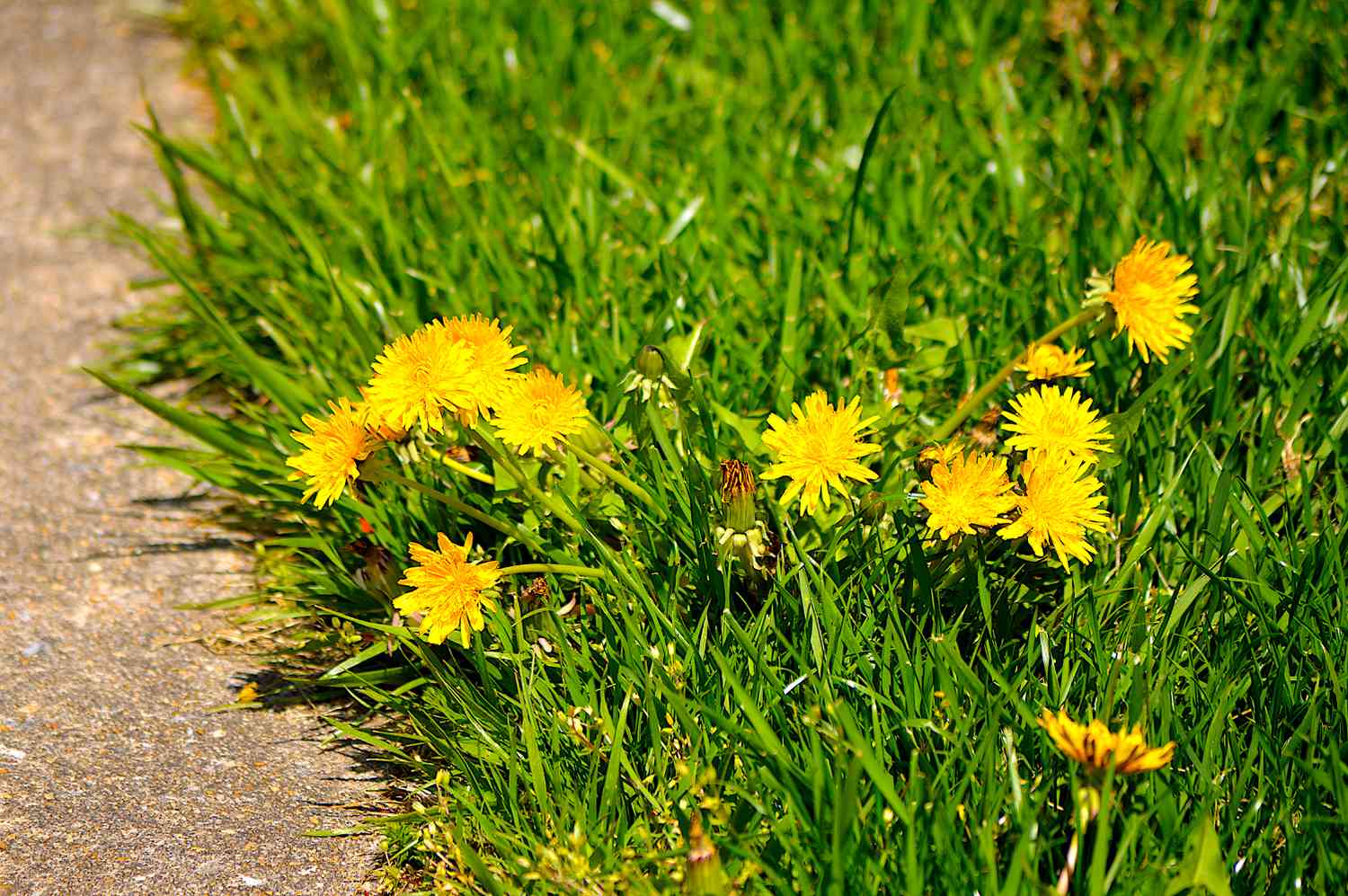
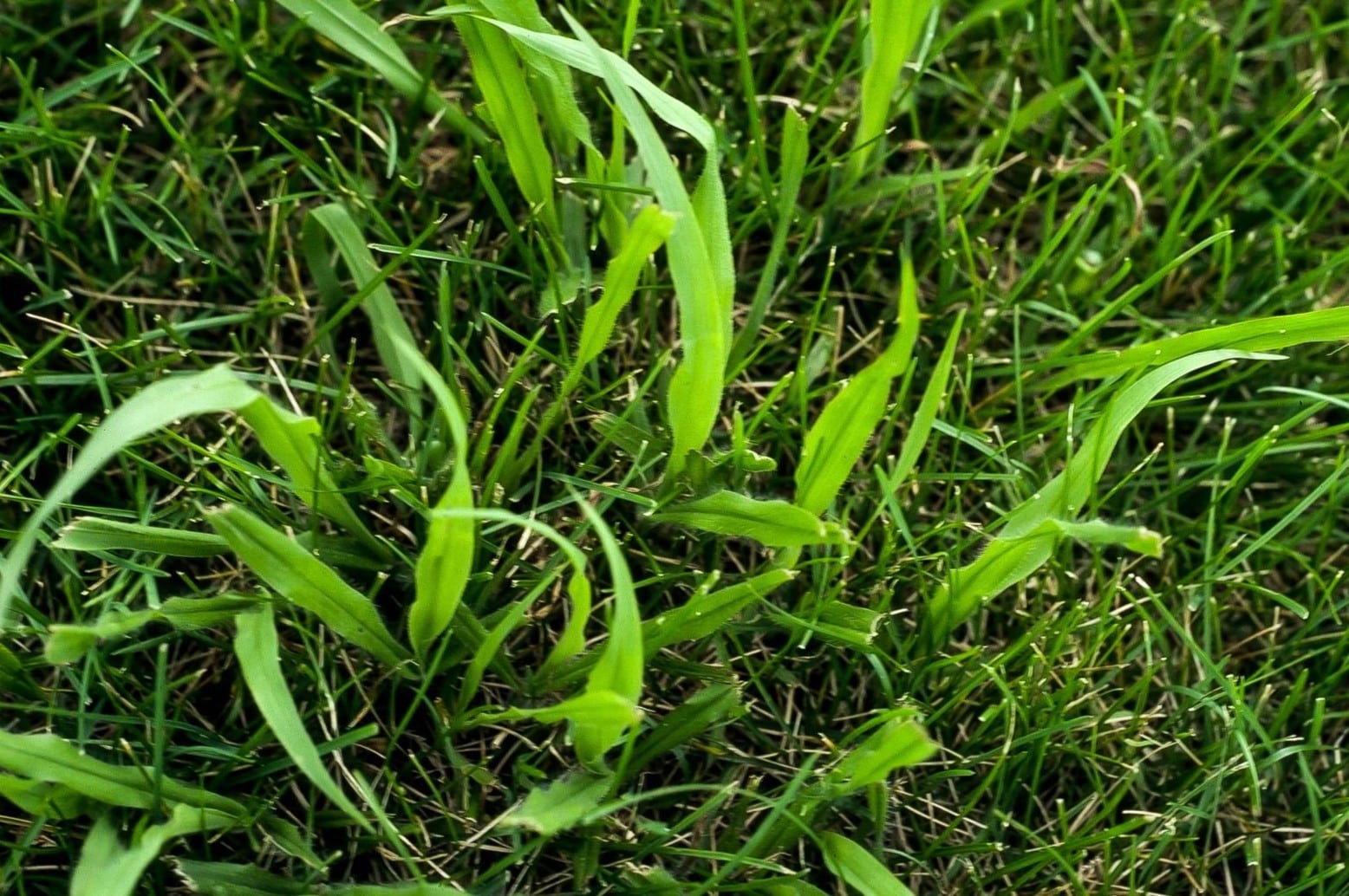
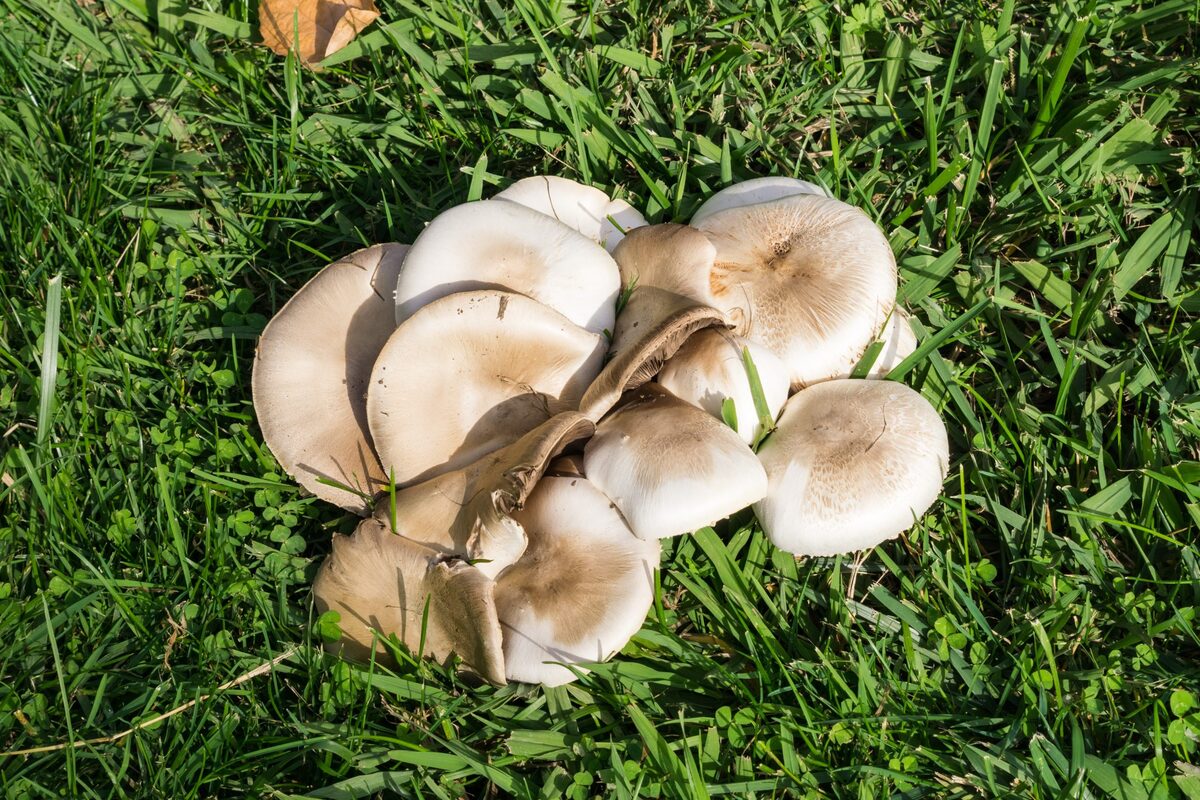
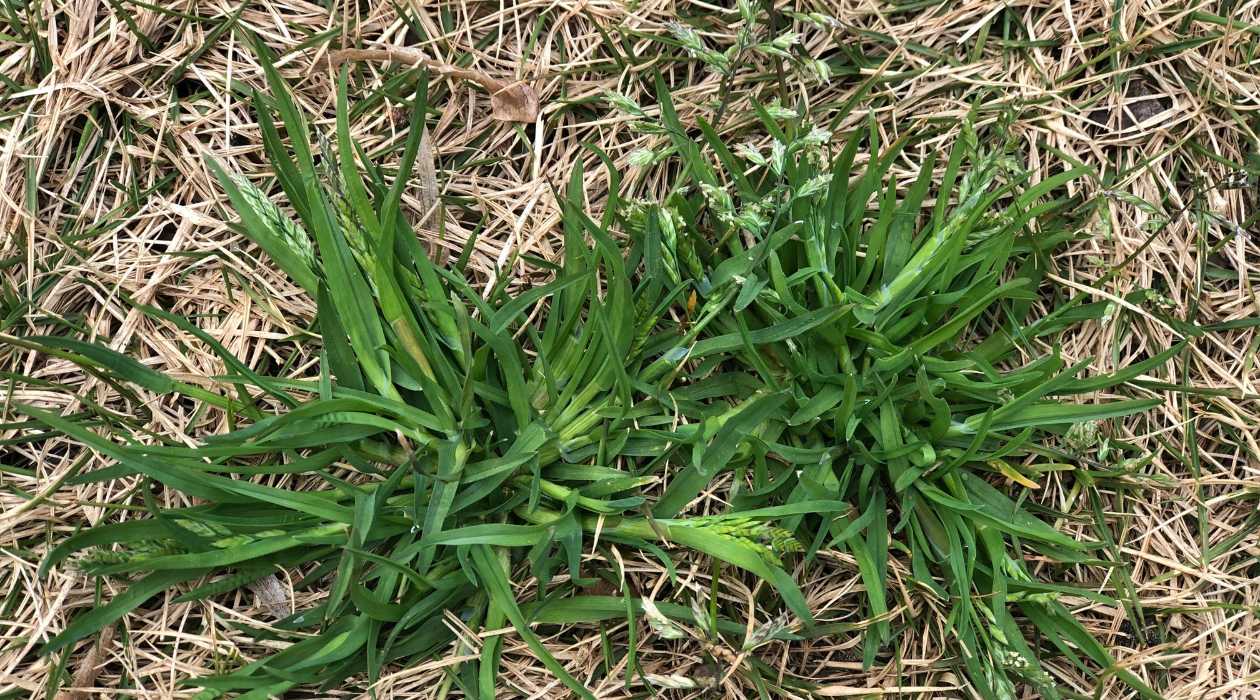

0 thoughts on “How To Kill Nutsedge Grass”